Brooks: Can you tell me a bit about SafelyYou and how it differs from other products in the fall prevention and management space?
Bang: We’re using some of the most advanced artificial intelligence (AI) to address the industry’s most persistent risk challenges, beginning with falls. The financial and emotional costs are enormous.
We’re the first and only fall prevention and mitigation technology-enabled solution that’s been proven, as published and peer-reviewed, to reduce falls by 40% and emergency department visits resulting from falls by 80%. Notably, given these outcomes, we’re also the only solution paid for in part by REITS, liability insurers, and most recently, healthcare payors.
We’re changing the long-standing perception that falls can’t be avoided and must be accepted by providers, residents, and families. Communities and facilities using SafelyYou are winning move-ins, doubling length-of-stay, empowering staff, increasing staff efficiency while reducing risks and liabilities. Few solutions address so many of the needs of today’s operators.
Brooks: When was the company formed?
 Bang: The company was launched in 2017 by George Netscher based on his research at the UC Berkeley Artificial Intelligence Research Lab. His family had a history of dementia, and he wanted to create a system with AI to help them.
Bang: The company was launched in 2017 by George Netscher based on his research at the UC Berkeley Artificial Intelligence Research Lab. His family had a history of dementia, and he wanted to create a system with AI to help them.
Brooks: How big is the company?
Bang: We have more than 50 employees. We closed our Series A funding 120 days ago. In the third quarter of 2021, Omega Healthcare Investors led our Series B funding. The SafelyYou system will be installed in Omega facilities. We work with several operators and owners across more than 100 communities.
Brooks: What is your role?
Bang: As chief strategy officer, I’m focused on the ecosystem of REITs, insurers, payors, and all those entities that expect a return from the technology.
I’ve led several senior, and acute care technology providers, including It’s Never 2 Late, a person-centered engagement tool. I consulted with George Netscher, and after 60 days, I approached him and said I want to work for you. SafelyYou addresses the operator’s most pressing needs: occupancy, length-of-stay, staff efficiency, staff empowerment, and the ability to reduce risk and liabilities. As an operator, those are the things you worry about. We are mitigating falls, but the impact that falls have across the community places a substantial value on what we offer.
Brooks: Can you explain how the system works?
Bang: In the typical memory care/assisted living setting, we know that 94% of falls go unwitnessed. We could have put cameras in the residents’ rooms a decade ago to assess their capabilities and make appropriate changes. But we can’t do that from the standpoint of privacy compliance. With the advent of AI, machine learning enables a camera in the room to determine when a human being is on the floor. The video from the camera is deleted by the machine when the resident is not on the floor. But when a person is on the floor, the machine saves the previous 10 minutes of video. In that 10-minute vignette, the staff can see what happened and determine if the person might be injured. We know that 40% of the time, individuals who are not fully ambulatory are self-lowering, putting themselves on the floor. They may want to get to the bathroom or reach something across the room. They might be getting on the floor to exercise or pray. But as an operator, the only way you know how to treat the incident from a liability standpoint is to presume the person has fallen.
Brooks: What happens when the system detects someone on the floor?
Bang: As soon as the technology detects someone on the floor, the SafelyYou team receives an alert. They are available 24/7. They validate that someone is on the floor, and the community is alerted immediately. Other alert systems generate a lot of false positives, creating noise fatigue among the staff. Our system identifies someone on the floor with 99.7% accuracy. When staff gets an alert from SafelyYou, they know it’s the real thing, not noise. Someone is on the floor or was on the floor. We also now know that 17-20% of residents self-recover. The staff can view the video and see whether the resident is ok. They will still examine the resident, but the staff knows what happened and can determine the seriousness of the fall from the video review. If the person is uninjured, a trip to the emergency room is avoided.
Brooks: Since you are using a camera, are there still privacy concerns?
Bang: Both leading operator defense attorneys and liability insurance have embraced our unique solution. And state regulatory agencies also support what we’re doing. Some in fact have stated that our solution should be available in all communities. The only videos that exist are those where the machine detected an on-the-floor event. And those videos are only accessible by the operator’s approved staff. And of course, our solution is HIPPA compliant.
All residents and families are given a choice to opt-in. And our customers enjoy a 90% opt-in rate. We conduct educational sessions with residents and families. About 60-70% of families initially opt-in. But once other families see that they’re not getting calls at 3 a.m. or having to pay for emergency medical services (EMS), the opt-in rate increases.
Brooks: Does the system have other advantages?
Bang: Yes, the staff can see what may have caused the fall. We provide a weekly or bi-weekly fall huddle with a physical or occupational therapist to determine what changes can be made to the environment to make it safer and help prevent future falls.
Brooks: In the senior housing and care industry, there is tremendous concern about labor shortages and workforce retention. In what ways does partnering with SafelyYou impact frontline staff? Does it make their job easier?
Bang: Yes, our customers tell us that we make the staff’s jobs easier, freeing them for other resident care while reducing emotional strain. Our customers also say the staff feels empowered. For the first time, the caregiver can now tell families not only how someone fell but also how their loved one’s falls will be mitigated going forward. Provider magazine recently published a piece showing that an empowered staff is key to retention.
Remember, 94% of all falls go unwitnessed when not using SafelyYou. And with our technology, we now know that over 40% of the time, someone’s mother, father, or loved who was found on the floor didn’t fall but self-lowered themselves.
Knowing that significantly reduces family concerns, emotional stress, and operator liability. There is also a dramatic efficiency gain for caregivers, first simply by reducing the number of falls but also by reducing reporting and the need for neurological checks in a skilled nursing setting. Think through that a minute. Out of 100 previous fall events, 40 of those are routinely mislabeled as falls! That’s a considerable staff burden and liability exposure, all due to mislabeled events in which operators were unknowingly putting themselves and their businesses in harm’s way.
Brooks: What types of properties is SafelyYou found in?
Bang: Though we began our go-to-market efforts in memory care, which remains our largest footprint, SafelyYou is being deployed in assisted living and skilled nursing settings at an increasing rate. After just a few years of commercialization, we’re now installed in more than 100 communities and facilities, with many of the industry’s leaders.
Brooks: How many units is SafelyYou currently monitoring?
Bang: We see 2,000 falls per month and have evaluated over 25,000 falls in total across our install base. As such, we are unequivocally the leading fall expert. Our occupational and physical therapists staff review all fall events and share their insight and expertise with our customers. We also conduct free monthly webinars, our National Fall Huddles, for the market at large.
Brooks: Falls are a significant concern in senior care facilities and can become significant liability issues. What impact does partnering with SafelyYou have on an operator’s liability?
Bang: Industry legal experts have advised that our 40% reduction in falls leads to a 20% decrease in liability claims. As a result, Church Mutual Insurance now subsidizes our technology for their customers. Further, our customers tell us they’re now armed for the first time with factual information—our videos and data—to reduce false narratives which they previously had no way of disputing.
For example, residents may tell their families they were on the floor for hours, but their loved ones received care from staff members within minutes. Or when a resident is admitted to the emergency room and the attending physician records that the injury is more likely from abuse than a fall, our video detection shows the injury was from a fall and not abuse.
We reduce claims for insurance carriers. We reduce unnecessary defensive medical claims for payors. And we enhance and protect the investments of owners. Exposure and liability are reduced across the ecosystem for operators and their sponsors.
Brooks: Does SafelyYou provide any training directly to staff to aid in their fall prevention abilities?
Bang: Yes, we provide initial training as part of our implementation. We then meet weekly or bi-weekly with our customers to review their falls and enhance their training. As I mentioned, we offer monthly webinars to the broader market to share what we are learning.
And finally, we’ve created SafelyYou University, a free video educational program available to all. It’s the first such program of its kind that combines dementia awareness training and fall prevention education.
Brooks: Activating a SafelyYou system can prevent unnecessary emergency department (ED) utilization, avoiding not only stress and anxiety but saving on out-of-pocket costs as well. Has SafelyYou quantified the cost savings to an average resident?
Bang: Yes, residents/patients and their families see direct out-of-pocket co-pay expense reduction from reduced EMS and emergency department visits. Our operators successfully use that to win competitive move-ins and gain some price elasticity.
But we haven’t stopped there! We’ve just finished our first claims analysis across one CMS region. The reduction in EMS and ED visits, and other direct medical claims, is estimated to produce a medical claims savings of over $7,000 per Medicare participant. All payors will benefit, including those sponsoring Medicare Advantage (MA) and Institutional Special Needs Plans (I-SNPs).
Brooks: What impact does activating a SafelyYou system have regarding resident length-of-stay?
Bang: Our customers have seen a two-fold increase in length-of-stay over several two-year studies. These customers experienced a four-fold increase in length-of-stay in the first 90 days in the same studies. Length-of-stay increases can have a significant impact on an operator’s profitability.
Brooks: Can you tell me about SafelyYou’s Fall Technology Grant Program?
Bang: We’ve been very proactive in addressing current market challenges for communities and facilities alike. The most critical concern right now is staffing, and SafelyYou eases the burden on care staff. Our grants are a way to support residents, staff, and fall management goals. Each grant covers the cost of implementation of SafelyYou and also includes a complete assessment of the current fall management program from our fall experts. In addition, we’ve also created “active camera pricing,” which selectively allows customers to enjoy significant discounts and to pay as their business improves with increased occupancy and resident participation, in part driven by SafelyYou.
Brooks: SafelyYou has partnered with products expert, Direct Supply, to create the Essential Guide for Mobility Aids: From Maximizing Function to Reducing Fall Risk. What’s the purpose of this guide, and who is it targeted towards?
Bang: Yes, as mentioned, we’ve partnered with many entities including, REITs, insurers, payors, and Direct Supply, to address this pervasive industry challenge. Many environmental factors create person-centered fall risks. Through our videos, staff better understand these factors, including the best use of mobility aids. Direct Supply is one of our great partners, committed to reducing falls to improve quality of care and reduce costs by advocating for enhanced services that our operators can now provide to their residents, patients and families.




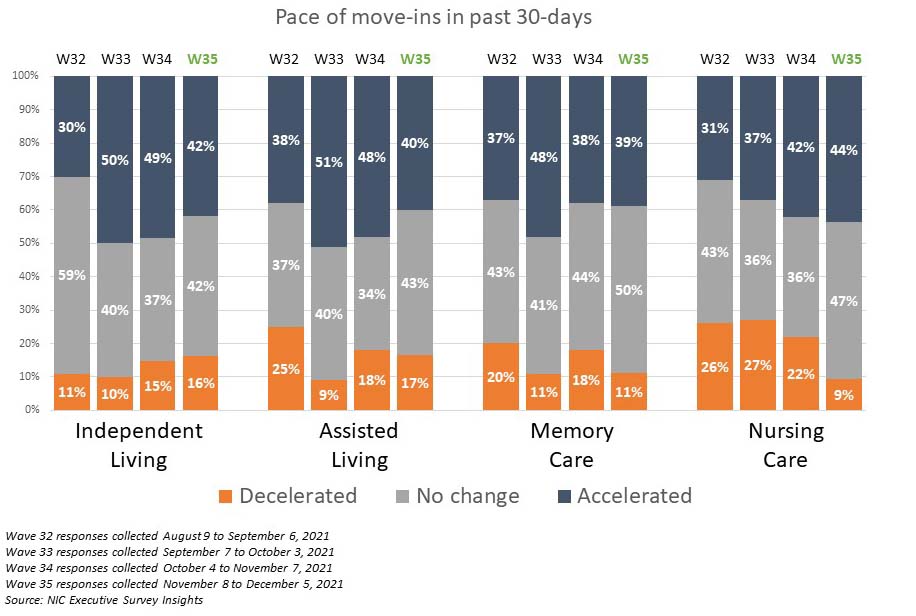

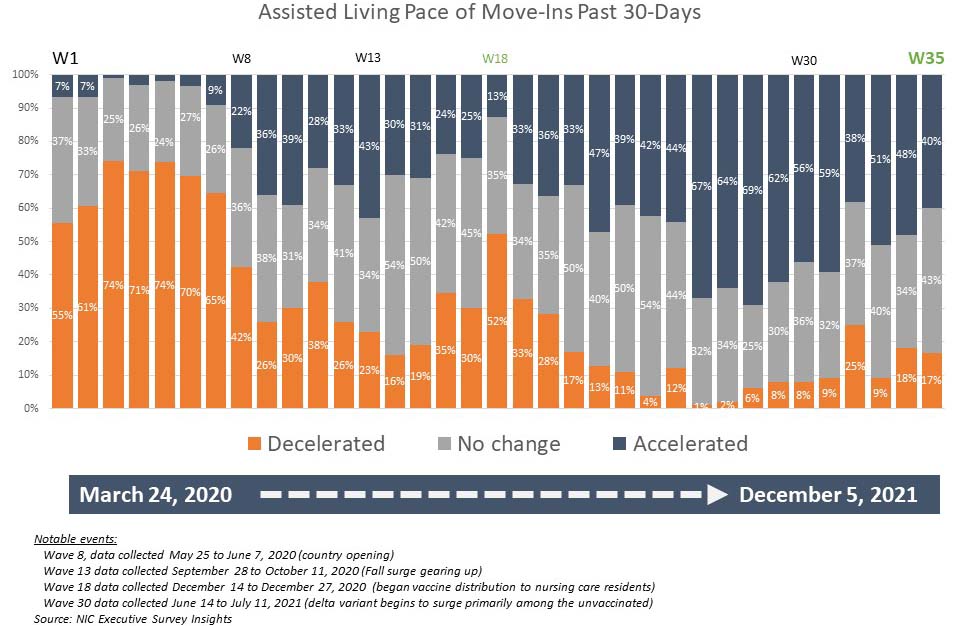
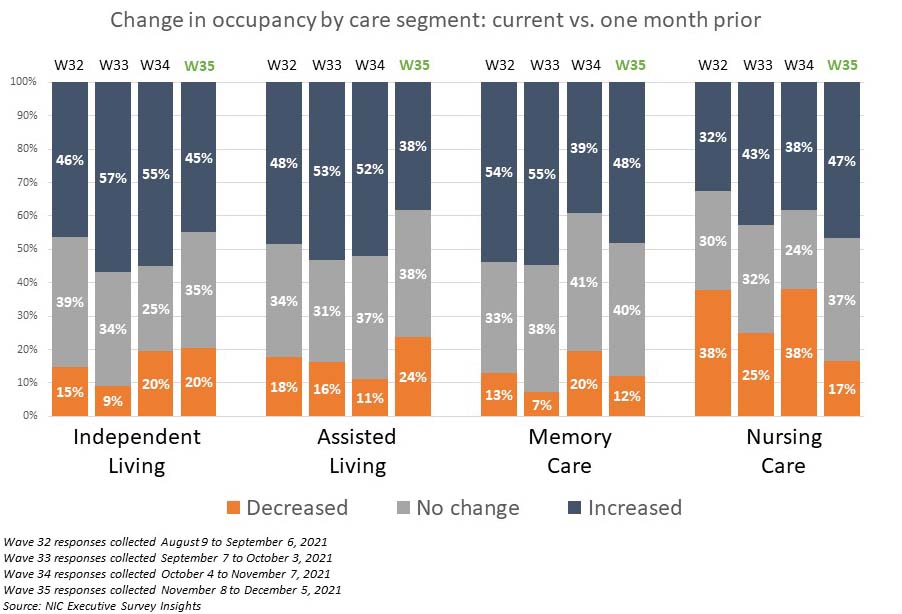
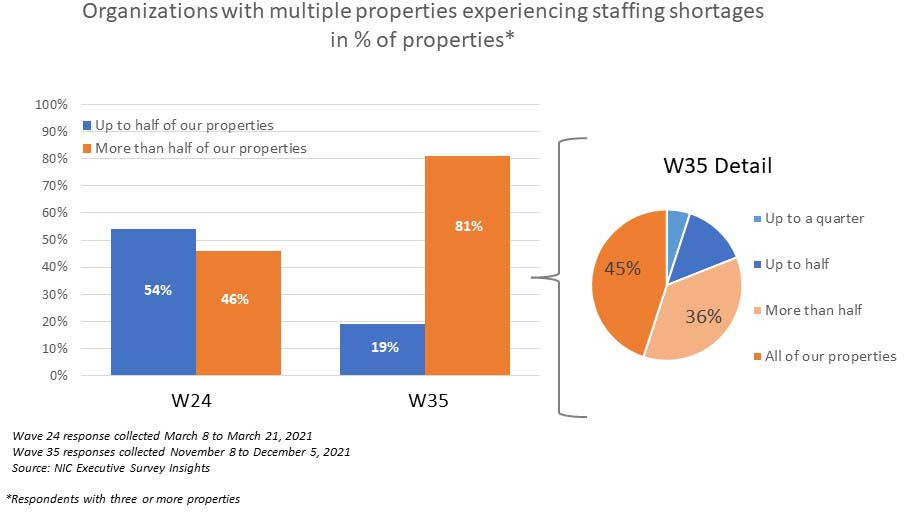
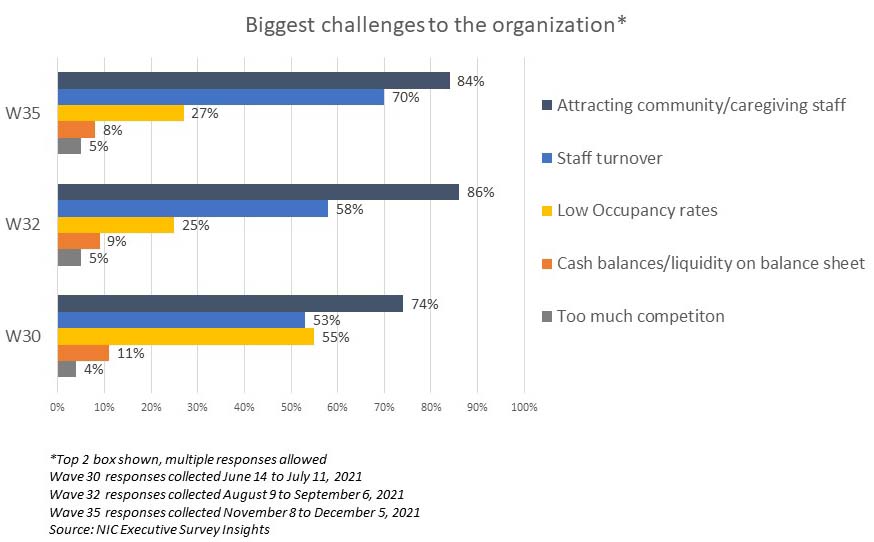
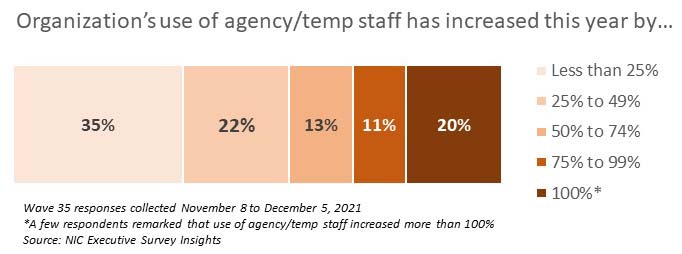
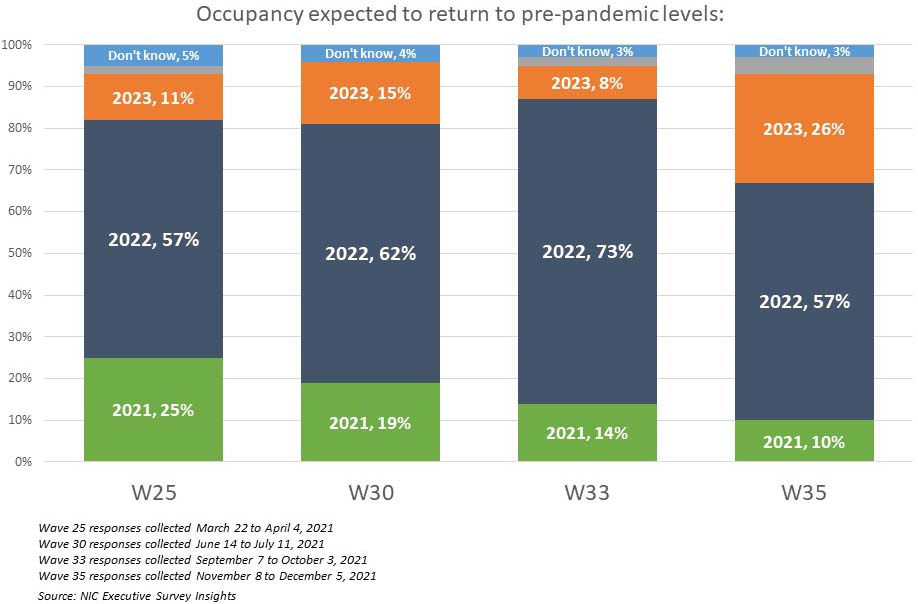
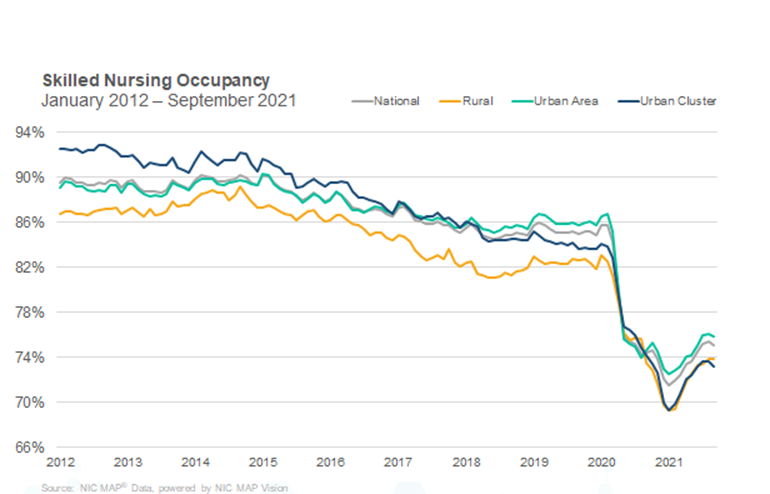
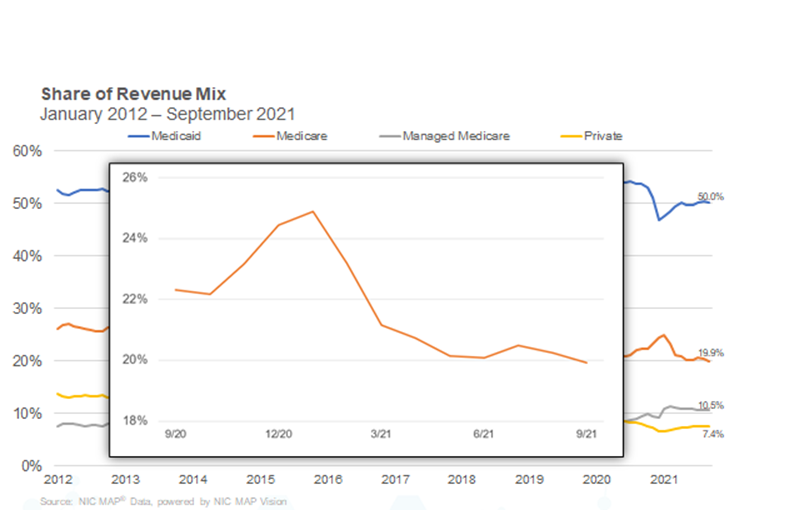
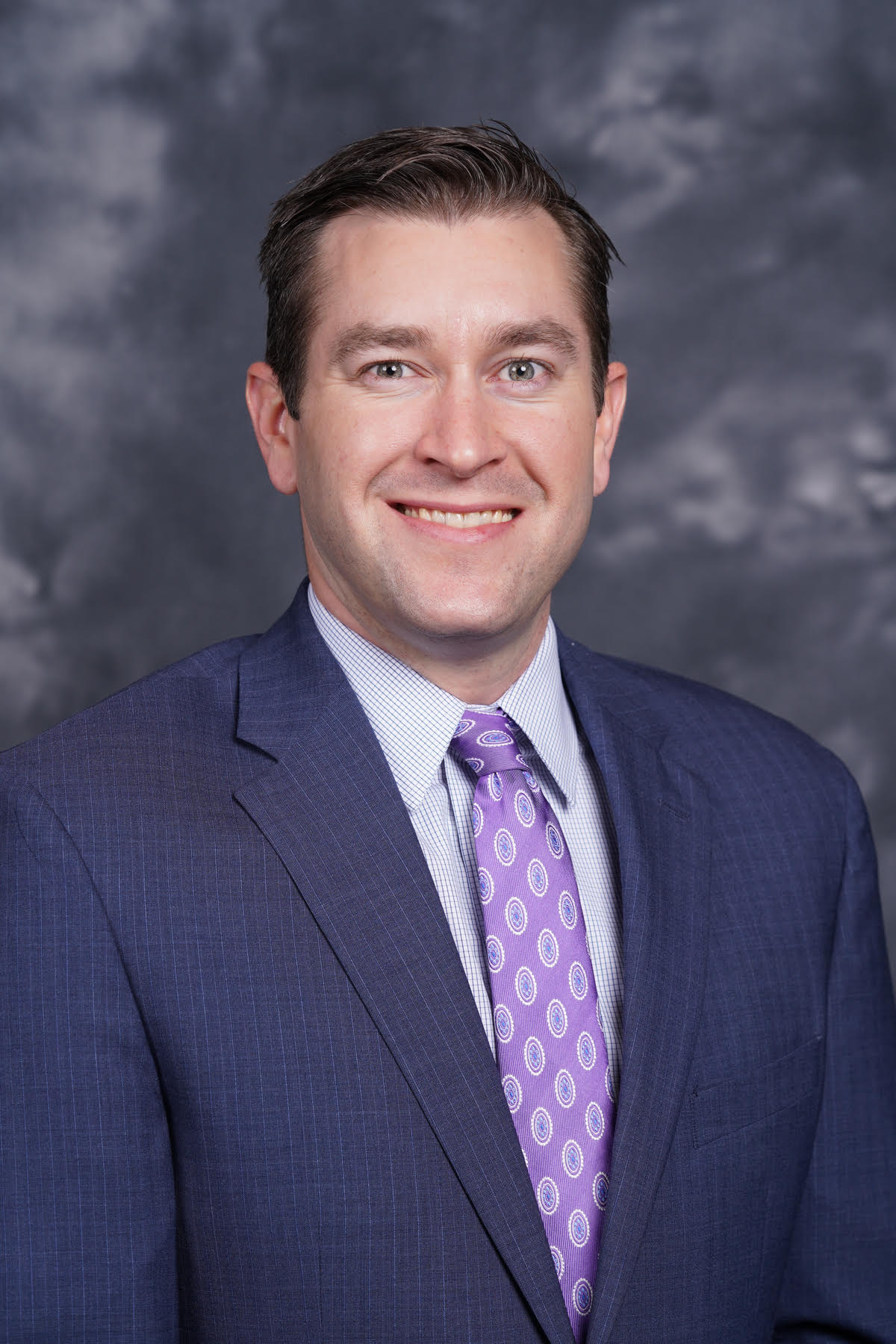
 Bang:
Bang: